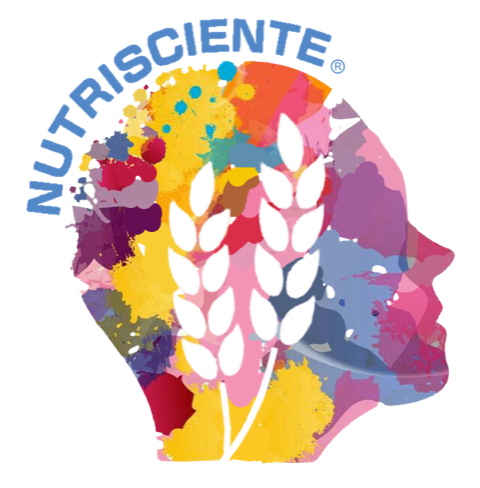Seaweed is part of the gastronomic culture of some countries, such as Asia. And they are increasingly part of the Western diet, both due to the increased consumption of Asian dishes and by vegetarians. In reality, seaweed (macro and micro) can be an excellent source of various nutrients, such as iodine and antioxidant vitamins, and is a nutritious but low-calorie ingredient that, although not so familiar to us, can become part of our dishes.
There are various types of seaweed available in some supermarkets, some specifically for dietary products, but they can also be found in shopping centers. Some of these algae are agar-agar, arame, chlorella, hiziki, kombu, nori, spirulina and wakame. It’s important to note that you should buy the seaweed in shops to ensure that it comes from unpolluted waters, as Portugal has maritime regions polluted with heavy metals. Seaweed can be bought dried and/or powdered and usually has information on how to prepare it. However, as it’s not a common ingredient in Portuguese recipes, we’ll leave you with some important information on how to prepare it, as well as its low FODMAP dose if it exists.
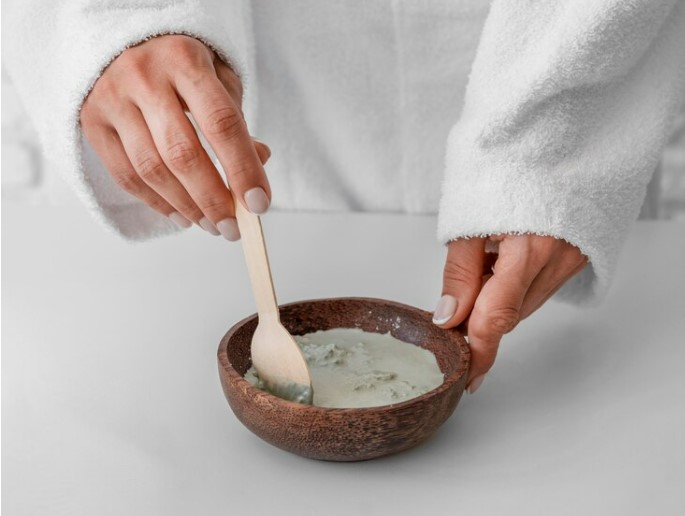
It is mainly used as a thickener or gelling agent in the preparation of meals. It is most commonly sold in powder form and has a neutral flavour, so when mixed with other foods (such as fruit) it is possible to obtain a gelatine. This seaweed needs to be soaked in water for a few minutes and brought to the boil until it dissolves. Then leave it to cool until it solidifies (you can put it in the fridge).
Low FODMAP serving size: 7g
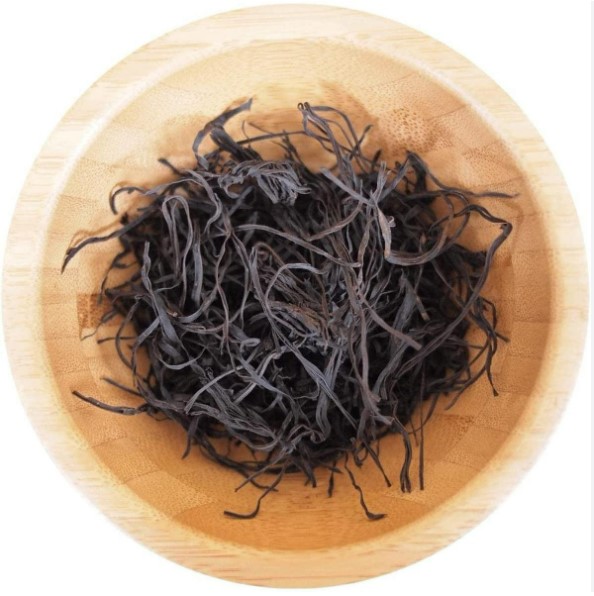
It’s a dark seaweed with fine filaments and a mild flavour that goes well with vegetables. It should be soaked for about 15-20 minutes. After this time, you should cook it with other water for at least 20 minutes. You can, for example, sauté or steam it. This seaweed has not been tested for FODMAP.

This microalgae takes its name from chlorophyll (photosynthetic pigment) and comes from fresh waters. You can find it as a food supplement (capsules) or in powder form. It requires no preparation as it can be added directly to drinks such as yoghurt, smoothies, shakes or even soup. However, it is important that the packaging is well sealed after use, as the presence of vitamin E in contact with oxygen can alter its nutritional quality.
This seaweed has not been tested for FODMAP.
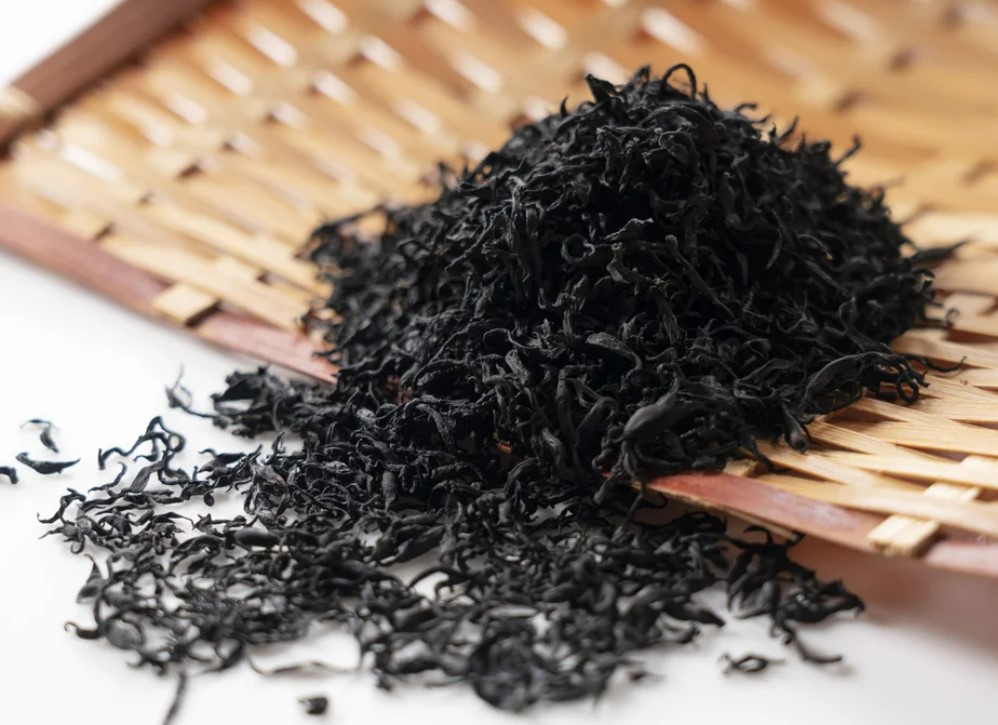
It is a dark seaweed similar to aramé but with thicker filaments and a more intense marine flavour. It should be soaked for around 15-20 minutes to increase its volume. After this time you should cook it (with the same water) for at least 20 minutes. You can, for example, sauté or steam it and add it to various vegetables and/or noodles.
This seaweed has not been tested for FODMAP.
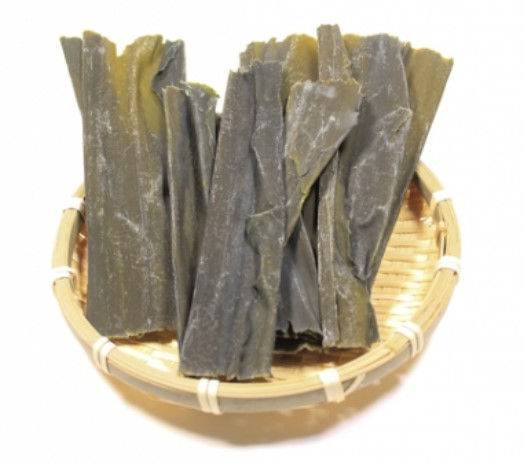
It is a thicker seaweed than those mentioned above. It is recommended to use it to soak dried pulses such as chickpeas, beans, peas, etc. in order to improve their digestibility. In addition to this suggestion, Kombu can also be used in soups and vegetable broths. People who are sensitive to the effects of iodine (such as those with thyroid disease) should seek advice from a dietitian before using it.
This seaweed should not be consumed by users who are on Phase 1 of the low FODMAP diet.

Perhaps the best known of the seaweeds because of sushi (the casing of some pieces). This Japanese seaweed is sold in the form of ready-to-use dried strips. It’s simple to prepare, just put the strips on the hob and let them toast a little until they are crispy. You can add it to sushi rolls, but also sprinkle it over your usual meals (such as vegetables, pulses, soup, etc.).
Low FODMAP serving size: 5g

It is a blue-green microalgae that is very similar to chlorella in terms of presentation and flavour, although it has a higher protein content. Like chlorella, it requires no preparation and can be added directly to drinks such as yoghurts, smoothies, shakes, soup and porridge.
Low FODMAP serving size: free.
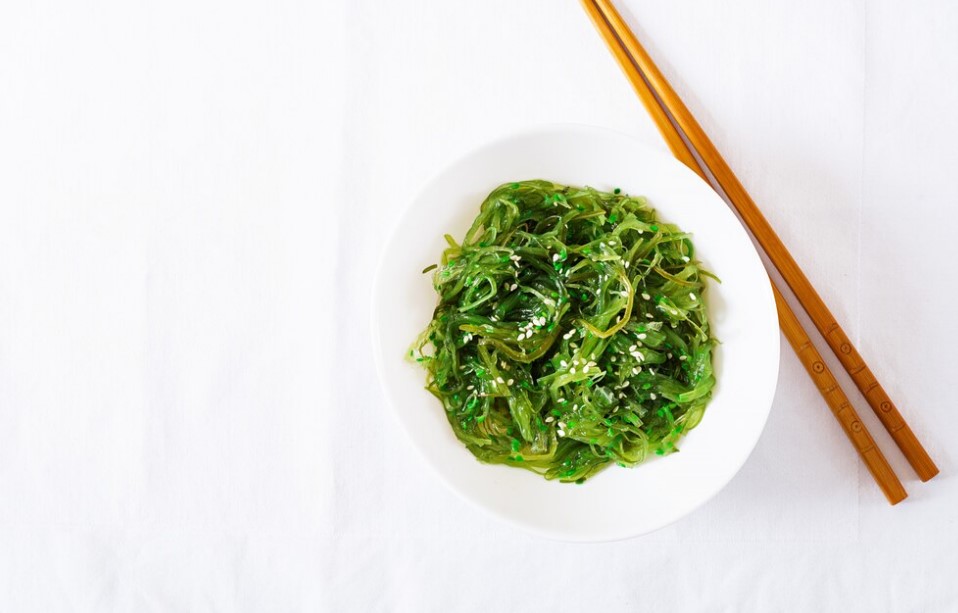
It is a dark green leafy seaweed with a mild and versatile flavour. It is used in soups, such as miso soup, or together with vegetables.
It should be soaked for around 15-20 minutes and can be added to your dishes.
Low FODMAP serving size: 9g
It’s important to note that seaweed generally contains a high salt content, which is why it should be consumed in moderation. If you have thyroid disease and/or cardiovascular disease (e.g. high blood pressure), ask your dietitian first before introducing them into your diet.
We hope these Nutrisciente tips make you curious and make your dishes even more delicious!
References:
- www.centrovegetariano.org
- Low FODMAP diet App, Monash University (2015)
- Freepik
